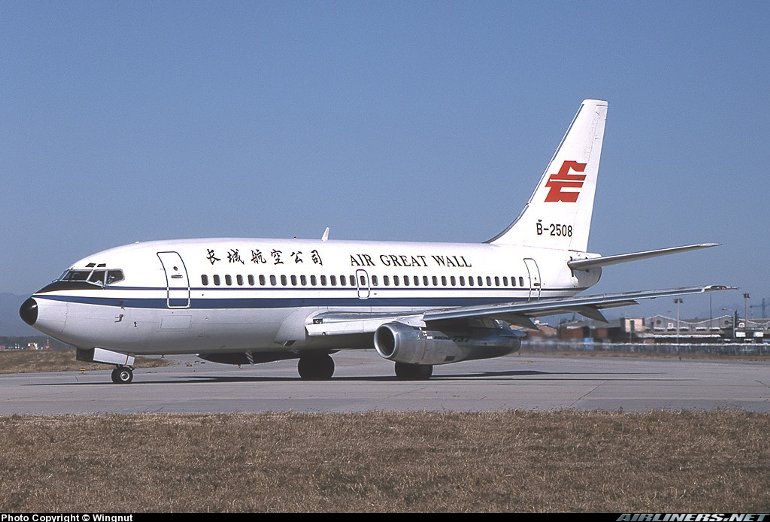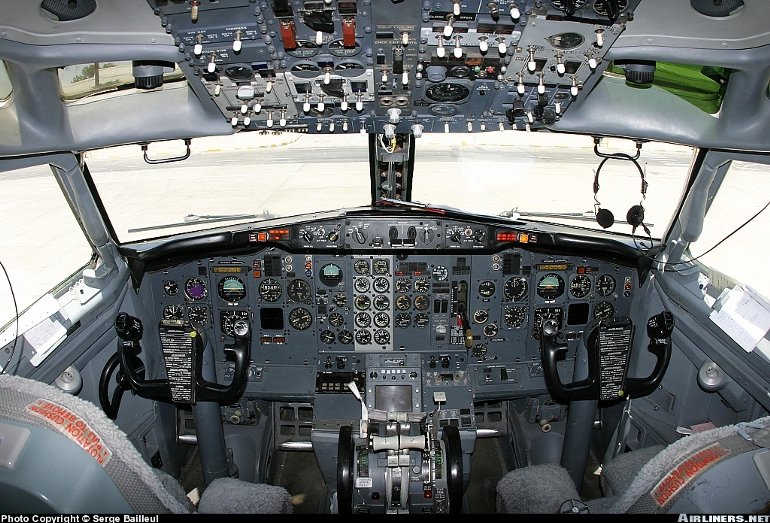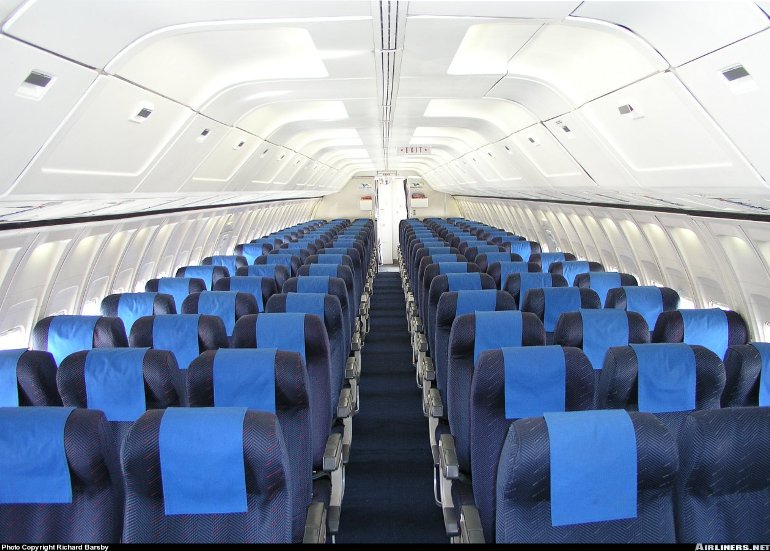Aircraft Technical Data
Boeing 737-100/200



| Details | |
| Country of Origin | United States of America |
| Type | Short range narrowbody airliner |
| History | The 737-100 and 200 are the first generation production models of the world's most successful jet airliner family, Boeing's 737 twinjet. The 737 was conceived as a short range small capacity airliner to round out the Boeing jet airliner family beneath the 727, 720 and 707. Announced in February 1965, the 737 was originally envisioned as a 60 to 85 seater, although following consultation with launch customer Lufthansa, a 100 seat design was settled upon. Design features included two underwing mounted turbofans and 60% structural and systems commonality with the 727, including the same fuselage cross section (making it wider than the competing five abreast DC-9 and BAC-111). The 737-100 made its first flight on April 9 1967 and entered service in February 1968 with Lufthansa, while the last of 30 built was delivered to Malaysia-Singapore Airlines in October 1969. By this time however the larger capacity 1.93m (6ft 4in) stretched 737-200 was in service after it had made its first flight on August 8 1967. First delivery, to United, was that December. Developments of the -200 include the -200C convertible and quick change -200QC, while an unprepared airfield kit was also offered. The definitive Advanced 737-200 appeared in 1971, featuring minor aerodynamic refinements and other improvements. Sales of the 737-200 far exceeded that of the shorter -100 and the 737-200 remained in production until 1988, by which time it had been superseded by the improved 737-300, after 1114 had been built. Many have been fitted with Stage 3 engine hushkits, and a number of passenger aircraft have been converted with cargo doors. The USAF ordered 19 as navigation trainers, and some were later converted to standard transport aircraft as CT-43A. A few other air forces received 737-200s to serve in general transport, surveillance or VIP transport tasks |
| Powerplants | 737-100 - Two 62.3kN (14,000lb) Pratt & Whitney JT8D-7 turbofans. 737-200 - Two 64.5kN (14,500lb) JT8D-9As, or two 68.9kN (15,500lb) JT8D-15s, or two 71.2kN (16,000lb) JT8D-17s, or two 77.4kN (17,400lb) JT8D-17Rs with automatic reverse thrust. |
| Performance | 737-100 - Max speed 943km/h (509kt), economical cruising speed 852km/h (460kt). Range with max fuel 2855km (1540nm). 737-200 - Max speed 943km/h (509kt), max cruising speed 927km/h (500kt), economical cruising speed 796km/h (430kt). Range with 115 passengers and reserves between 3520km (1900nm) and 4260km (2300nm) depending on weight options and engines. |
| Weights | 737-100 - Empty 25,878kg (57,000lb), max takeoff 49,940kg (110,000lb). 737-200 - Operating empty 27,448kg (60,600lb), max takeoff 52,390kg (115,500lb), or optionally 58,740kg (129,500lb). |
| Dimensions | 737-100 - Wing span 28.35m (93ft 0in), length 28.67m (94ft 0in), height 11.29m (37ft 0in). Wing area 91.1m2 (980sq ft). 737-200 - Same except for length 30.53m (100ft 2in). |
| Capacity | Flightcrew of two. 737-100 - Typical single class seating for 100. 737-200 - Typical single class seating for 115, max seating for 130 at 74cm (29in) pitch. 737-200C/QC payload 15,545kg (34,270lb), consisting of pallets or containers. |
| Production | 1144 737-100s and 200s built, comprising 30 100s and 1114 200s, including 19 T-43A (737-200) navigation trainers for the USAF and 104 737-200Cs. Approximately 1 737-100 and 550 737-200s remained in commercial and corporate service in early 2005. |
| Related Links | Boeing 737-100/200 |
The backbone of this section is from the The International Directory of Civil Aircraft by Gerard Frawley and used with permission. To get your own copy of the book click here. |
|








